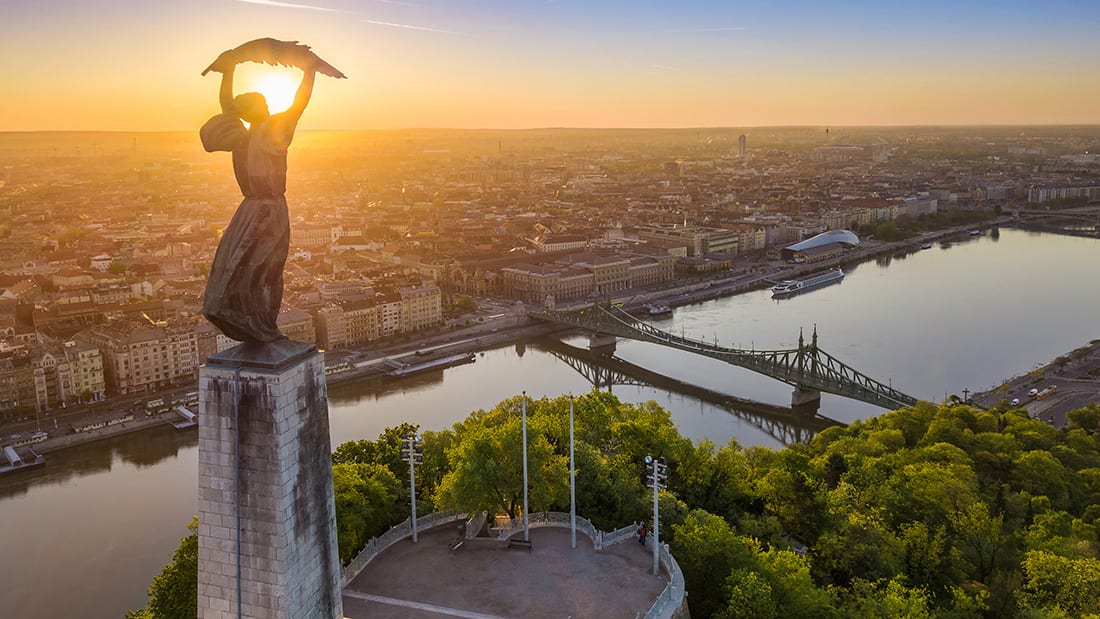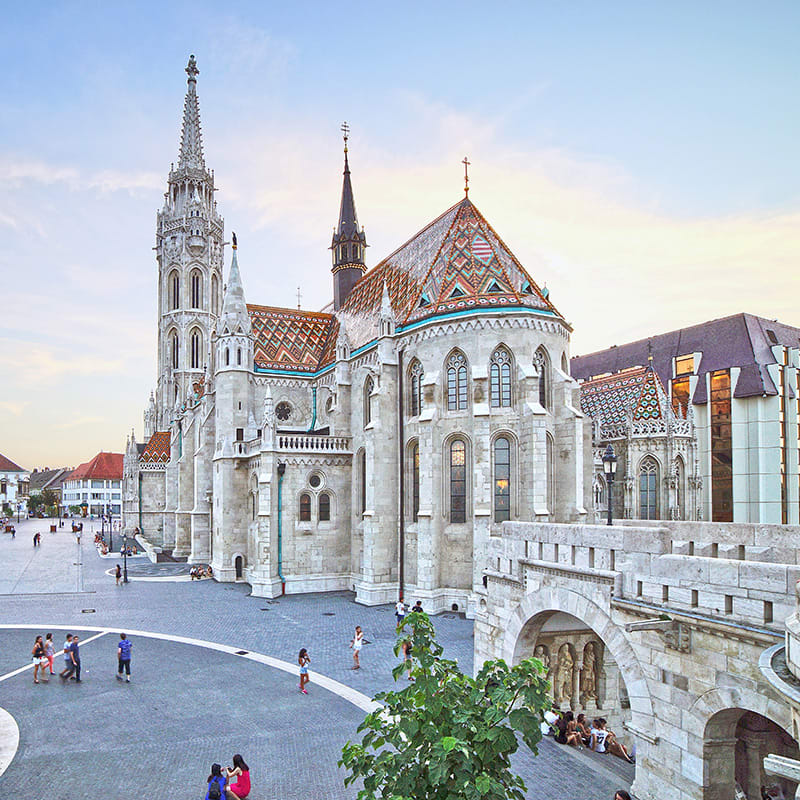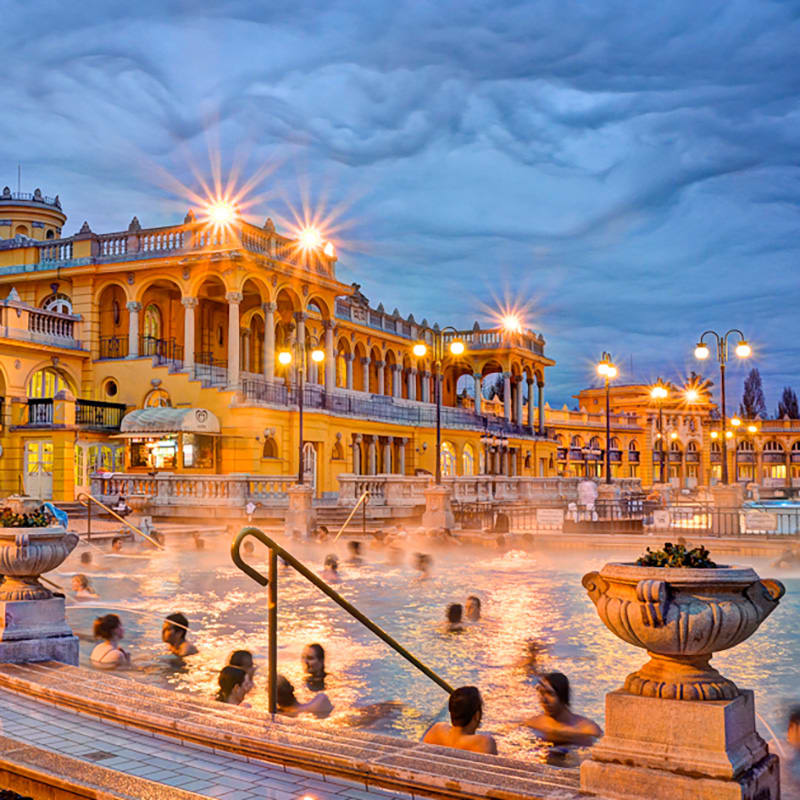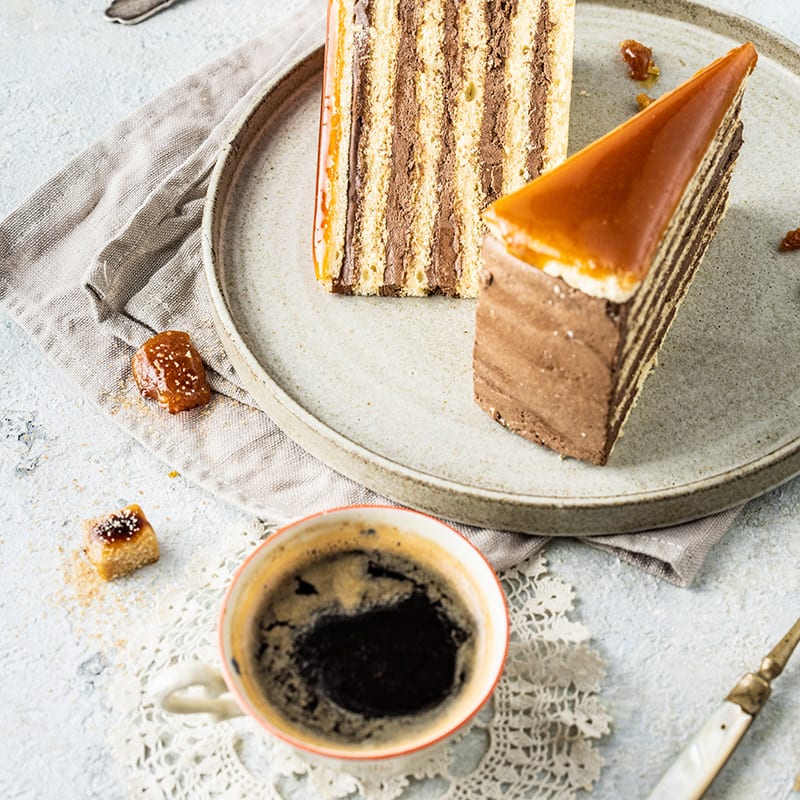古老的遗址和现代的夜晚在布达佩斯等待着我们
作者:LISA KLEIN
Budapest, Hungary, is an ancient yet modern city that may not top the most-visited places in Europe, but has just as much to offer when it comes to interesting architecture, historic sites and culture galore.
A melting pot for centuries, Budapest has gorgeous Danube River views, museums, a cuisine all its own and a nightlife that can keep up with any.
“Budapest is so different from other European cities in this region,” said Gwen Kozlowski, president of travel agency Exeter International. “You should visit here to experience the vibe – an edgy combination of ancient and new, old and young.”
Living history
The capital of present-day Hungary, Budapest has a long history straddling Europe and Asia that stretches back to B.C.E. times.
First occupied by the Celts, it was later taken over by the Roman Empire which was in turn expelled from the region by the Huns in the 5th century. Later residents include the Magyars, whose language is still spoken there, and the Mongols.
“It really was an East-meets-West crossroads for centuries,” Ms. Kozlowski said.
The city is divided by the Danube into two sections – Buda on the west side of the river and Pest on the east.
“In general, Buda is the hilly and green side, while Pest is flat and today has most of the business district,” Ms. Kozlowski said.
In residential Buda is the 13th-century Buda Castle, where Hungarian kings once lived and now a UNESCO World Heritage Site. There are also ancient Turkish-style baths and the Roman ruins of Acquincum.
On the Pest side, many of the more luxurious hotels are found along with “gorgeous art nouveau architecture,” the Central Market Hall – a neo-Gothic covered food-and-crafts market circa 1897, museums and the edgy and popular Jewish Quarter.
Not to be ignored are the sparkling waters passing through the center of town.
“Whenever possible, I try to incorporate something on the Danube [on a tour],” Ms. Kozlowski said. “Either an evening cruise when the gorgeous buildings lining the banks of the river are lit via thousands of lights, or a daytime cruise with drinks and snacks.”
Present provisions
When it comes to dining, Budapest runs the gamut from traditional comfort food to modern masterpieces.
Paprika seems to be the national spice of Hungary, and can be found from sweet to hot, powder to paste, in markets and dishes everywhere. Traditional items include goose liver pate, stuffed cabbage, chicken paprikash, fish soup and dobos, a layered cake with caramel glaze.
“And, of course, there is goulash – everyone should give it a try at least once,” Ms. Kozlowski said. “It’s a hearty stew with meat and vegetables and, of course, paprika.”
The city’s food scene has also evolved into so much more.
“Now Budapest is full of cool and trendy restaurants, from those featuring fine dining traditional cuisine to edgy pop-up experiments,” Ms. Kozlowski said. “You can go casual, traditional, Michelin-star fancy, bistro-style, experimental – it’s all here!”
A similar mix of old and new inspires the numerous options for entertainment in Budapest. The 19th-century Hungarian State Opera House is a must-see building and still hosts concerts.
The Szechenyi Thermal Bath is a traditional Turkish spa by day but turns into a late-night rave party after dark. Ruin bars, which haphazardly set up shop in abandoned warehouses and other neglected old buildings, are also popular.
“It’s got a great energy and definitely deserves to be explored,” Ms. Kozlowski said of Budapest.
“My guests are always surprised at how modern and cool such a historic city can be, but that’s Budapest,” she said. “It’s always changing and evolving, while never losing site of its history.”










